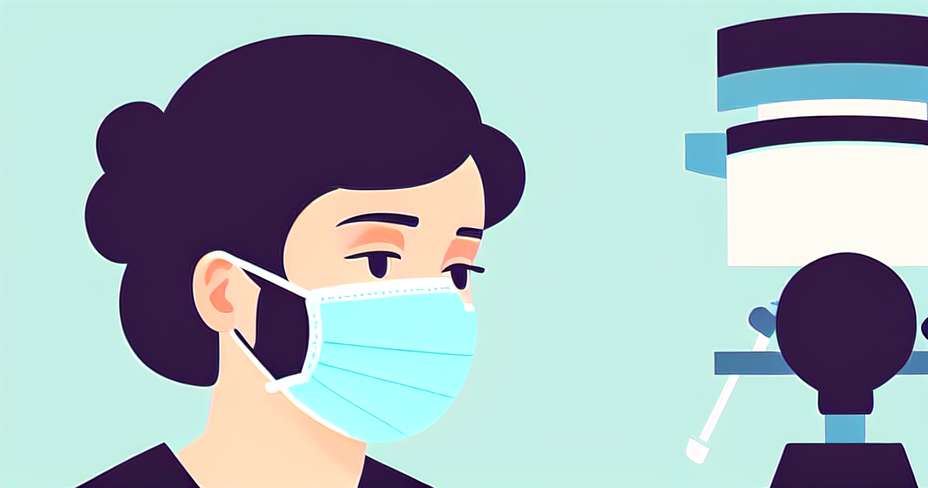Movements that will make you feel happy ...
April 2024

The Food Allergy occurs when the immune system mistakenly attacks a protein food, according to The Food Allergy & Anaphylaxis Network (FAAN).
Ingestion of the responsible food can trigger the sudden release of chemicals, including histamine , which produces symptoms of a allergic reaction .
Symptoms may be mild (rashes, urticaria itching inflammation , etc.) or serious (difficulty breathing, wheezing or loss of consciousness, among others). A Food Allergy It can be potentially fatal.
However, these symptoms do not always come to be established as a specific table of allergy , which makes its diagnosis difficult and requires a series of tests to determine correctly if it is a allergy , intolerance, or another type of ailment.
To learn more about these difficulties, the pediatrician allergologist and immunologist, Dr. Nora Martínez Aguilar , explains in an interview with GetQoralHealth Some factors that interfere in the diagnosis:
Although there is no criterion that has full global acceptance to diagnose them, a skin test or a test of blood (such as distilled water or ImmunoCap test) for IgE antibodies is commonly used to begin to determine if there is a allergy .

On the other hand, a test of cutaneous puncture It is usually less expensive and can be carried out in the same doctor's office. A provocation test (exposure to allergen) , must be done under medical supervision because this type of examination can cause allergic reactions serious.
In this way, the results of the various tests are combined with other information, such as a family history and symptoms, the results of which help to determine if there is a Food Allergy .